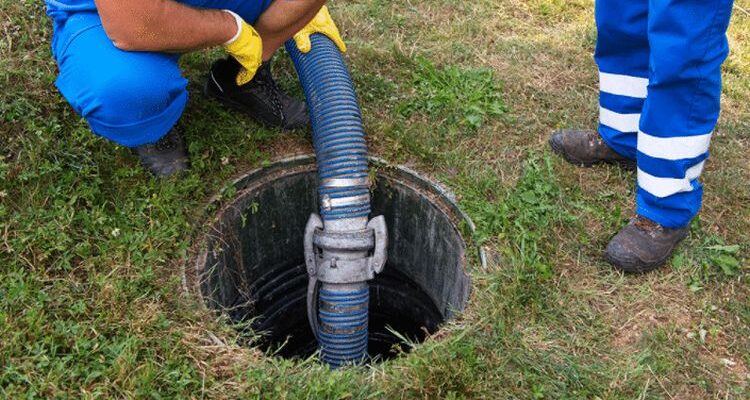There are certain things that need to be present when certain properties are concerned. Without them the general idea behind it cannot exist nor can there be optimal levels of utilizing its main functions. Sometimes it is a smaller thing while in other situations it is a thing of vital importance to the well-being of people working or living there, their comfort and safety. One of such features or systems is the septic system, also known as the septic tank. These underground chambers are used to collect and dispose of wastewater as they act as the most basic form of sewage. Septic systems have been vastly improved over the years and right now the chambers can be made of fiberglass, concrete, or plastic.
Septic tanks are most often used in remote areas or places hard to access, which lack or are not connected to a sewerage system. As such, they need a special kind of maintenance because they are not the ideal solution. If left unmaintained and unclean for long, it can pollute the immediate area around the chamber and cause more harm than good. To help you prevent that, in this article we are talking tips and rules for septic system maintenance. Knowing what needs to be done is prevalent if the only sewage solution you can have on your property comes in the form of a septic tank. Read on to learn more about this. If you do not think that you can do it yourself or if you simply want the professionals to be the one to do it, make sure to check out Septic tank repair.
1. Regular Inspection and Maintenance
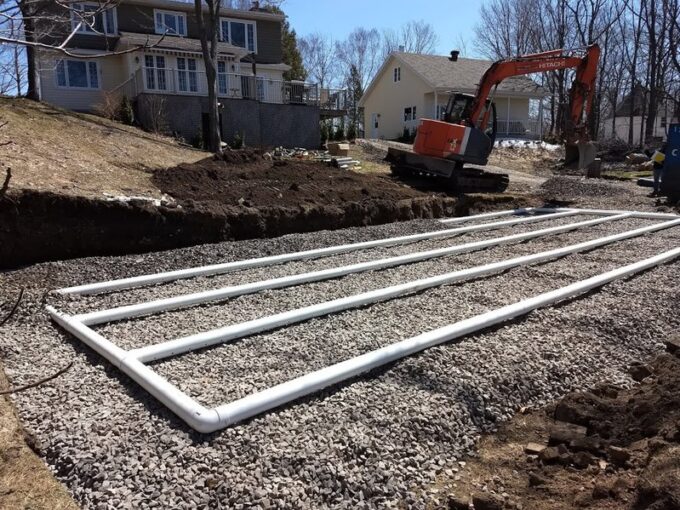
Source:youtube.com
First and foremost, as with many other things that require any kind of regular maintenance, you have to start by conducting timely inspections. Not only will you have less overall maintenance to do, but you will prolong the life of the septic system as a whole through inspections. You will require a certified, on-site septic professional for this as they are the ones who monitor the systems and determine what needs doing. There are also rough estimates for when to do this. For gravity systems, have an inspection every three years. For pressure distribution, an annual inspection is needed, as is the case with aerobic treatment units, membrane bioreactors, drip irrigation, and other parts. Sand or mound filters also need to be inspected once per year.
2. Pumping
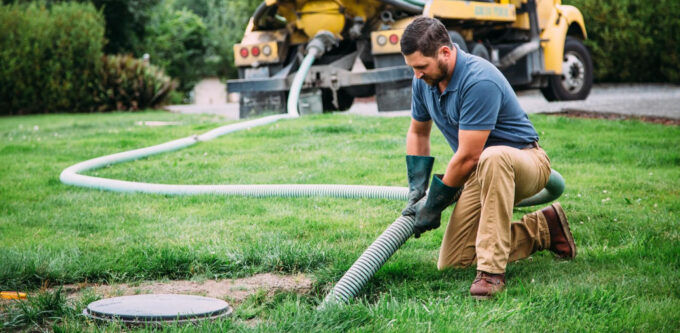
Source:bluestarenviroservices.com
Next up is the act of pumping the septic tank when the circumstances call for it. How often this needs to happen depends on many factors. Most importantly, it depends on the amount of water you use on the property. It also matters how many people are using water on the property. The more people, the more water flows. If you rely on a lot of water each day, you will probably have to pump the septic tank more often as it will fill up faster. Again, you can call the professionals to do this. It may be an annual thing, or perhaps a six-month one. An inspection should tell you exactly how often you should be pumping it out to have the most optimal results.
3. Pay Attention to the Lids
A very important rule of using septic systems revolves around the lids. They must be closed and secured at all times for multiple reasons. Firstly, an open or even an unscrewed lid is a serious safety concern, a hazard even. Not only can people fall in, but pets, animals, and all sorts of debris. It goes without saying that you do not want any of these things to happen. You want everyone on your property to be safe and you do not need anything else blocking the tank and making it fuller than it needs to be. Make sure the lids are closed and not cracked. They could deteriorate over time and need replacement, so check them every once in a while especially after a storm.
4. Be Environmentally Conscious
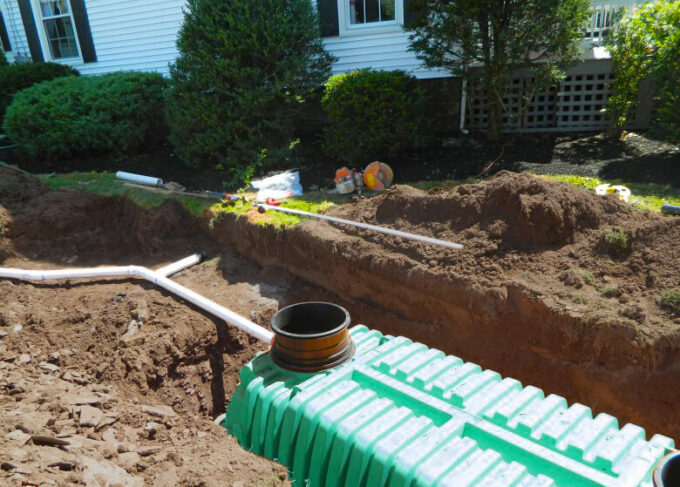
Source:facebook.com
Here is a pro tip for anyone who knows they are making use of a septic system in their household or business. Use less water, and waste less water. Being water-wise will allow your septic tank to perform longer and increase its life span. It will also prevent frequent breakdowns, repairs, and overall maintenance because there will not be as much work for it to do. Besides, being aware of how much water you use will also reduce your bills. All in all, simply lowering your water usage by between 5% and 15% can significantly help your septic system and reduce the stress you have with it.
5. Directing Other Water
Water that you use from the pipeline in the property is not the only water you have to worry about. Land and roof drains can be a nightmare for your septic tank and fill it up much faster than it was designed to be filled. To prevent this, you have to drain it away from the septic tank. Any additional water will prevent the drain field from working as intended and you will have problems on your hand that could have been easily prevented. Make sure that the rain water from the land and the roof goes elsewhere, preferably on the entirely different side from that of your septic system location.
6. Landscaping Helps a Lot
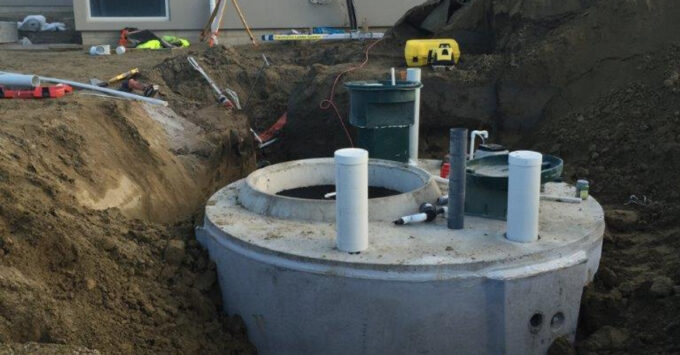
Source:facebook.com
You may be wondering what landscaping has to do with anything in this article. How is it connected to septic tanks? Well, they are quite connected as a matter of fact. You need to think about what plants are used to cover your tank and what you are planting above it. Grass is the absolute best solution to cover the tank because it has no root system. Other, stronger plants with stronger roots will compromise the tank and give you a world of problems. Grass does not have to be the only solution either as any plant with a shallow root system will do. As long as you landscape with love and care, it will all be well.
7. Accessible Lids
We already mentioned that the lids have to be closed, as well as that you can and should cover the tank with plants. However, the lids must also remain easily accessible for the purposes of maintenance and pumping. Install risers on the lids to help you spot and access them more easily for maintenance.

